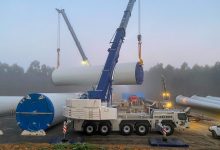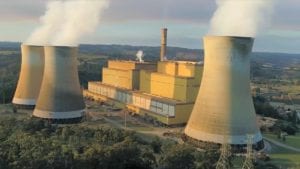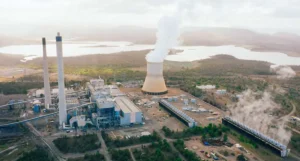Australia has slipped further in the ranking of countries that are attractive to renewable energy investors, but remains in the top 10 thanks to the efforts of state-led targets and strong interest from big business.
The latest edition of EY’s Renewable Energy Country Attractiveness Index says Australia has fallen from sixth to seventh in the world, based on an assessment of the attractiveness of their renewable energy investment and deployment opportunities.
“There has been a significant commitment to decarbonisation agenda by largest companies in Australia in the last few weeks,” said Igor Sadimenko, EY Oceania Power & Utilities leader.
“It does feel like there has been a sudden gear shift, whether it is the realisation of ESG shareholders’ pressure, limited access to capital, or conscious decision to transform the respective businesses.
“But the race to ‘national collaborative’ commitment is on and the business world is uniting. This is a significant platform for renewables acceleration into our grid that will enable this form of energy generation to surpass the current predictions.”
The report notes that, just as coal played a significant role in the Industrial Revolution, renewables are now playing a major role in the energy transition for the next industrial revolution.
But EY says more is needed from Australia, both in long term and short term targets in the lead up to the 2021 United Nations Climate Change Conference, or COP26.
“Interim measures are important to demonstrate progress, while a commitment (to net zero by 2050) will demonstrate that Australia is a serious player in the global decarbonisation agenda,” he says.
“Although, there have been state level commitment and roadmaps, a national pathway into low carbon future using new and proven technologies, committed investment into transmission assets and an energy system design that is able to manage the grid reliability and stability is necessary.”
The EY report also underlines the importance of new transmission links, and devotes one chapter to the $3.5 billion Marinus Link, proposed by Tasmania’s state-owned electricity transmission and distribution company, TasNetworks.
“By strengthening the connection between these two parts of the same market, the proposed interconnector would essentially turn Tasmania into a giant battery providing capacity firming services to the NEM,” EY predicts.
“The island would be able to store excess renewable energy generated on-island or transported from the mainland, using this energy itself or returning it to the mainland as needed. Development of long-duration pumped storage hydro on existing dams would further strengthen this role.”
It also offers opportunities for green hydrogen, but cost allocation – who will pay for it – remains an unresolved issue.
The EY index ranks US as the most attractive country, followed by China, India, France and the UK. Germany swapped positions with Australia, which was ranked number 3 in the world this time last year.










